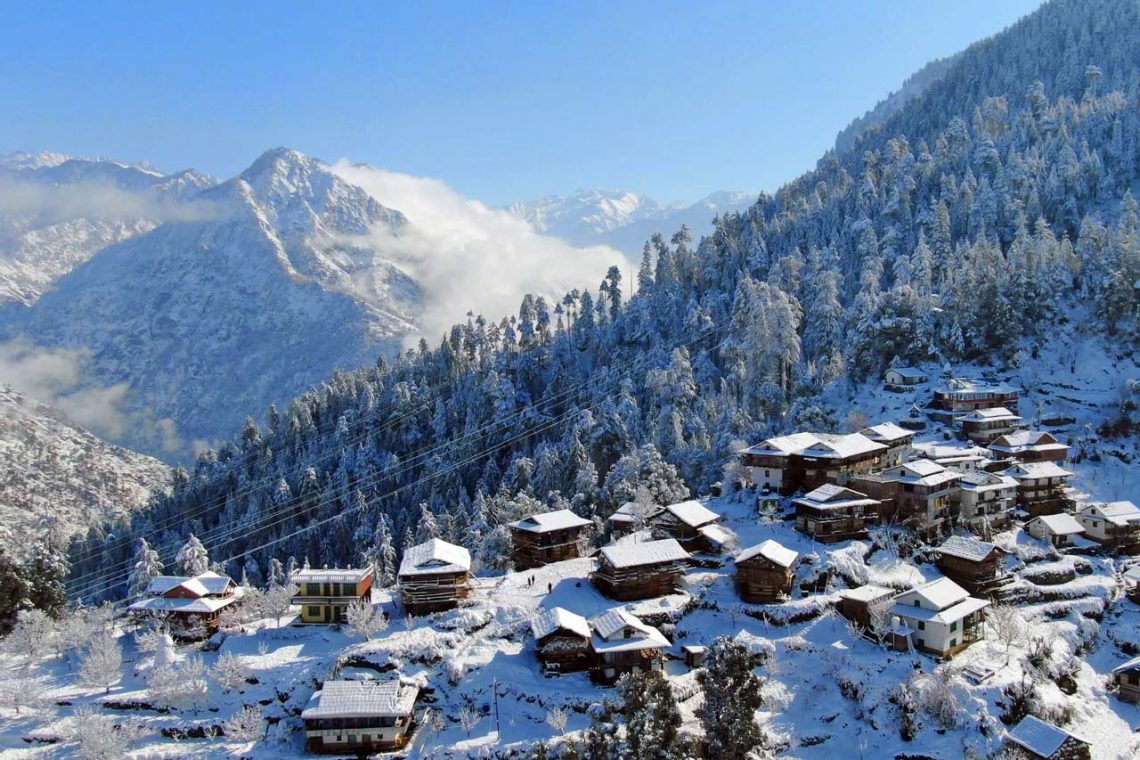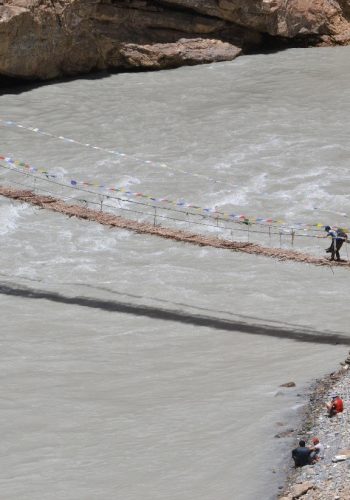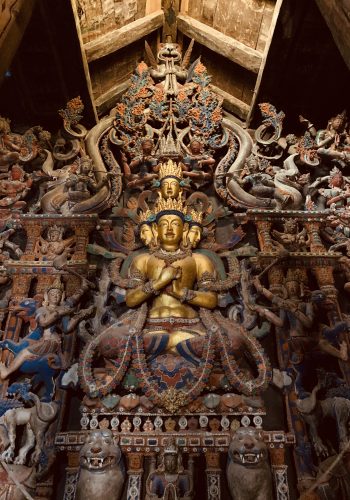
In the Cold Himalayan Winter, a Celebration to Warm the Heart
The mountain villages of Himachal Pradesh celebrate a month of food and togetherness during Magh Mahina
I grew up hearing wistful stories of my grandparents.
Every winter, as white snow enveloped the mountains of Bihar – our little village in the Tirthan Valley of Himachal Pradesh – all village families came together to cook local delicacies during “Magh Mahina.”
We celebrate local festivals almost every single month of the year. But Magh Mahina – from 15th January to 15th February every year – is a special month dedicated to local delicacies. In the cold mountain winter, it brings together the warmth of families, friends and food. It was introduced by our ancestors a long time ago and is still the most awaited month of the year.

As kids, my grandfather and his friends would go from one home to another, asking fellow villagers for walnuts to munch on. Every family would gather together in the evening, to light a fire and roast the walnuts over it, warming up on chilly winter days, sharing stories, laughing and bonding.
Back in the olden days, families of the village always struggled with their finances. Cooking several dishes was not always practical. But despite the challenges, they would still come together to cook, even if it meant choosing only one dish. It was a time of celebration after all.
These days, women cook a variety of local dishes, including bhalla (fried lentil doughnuts), babru (sweet fritters), lucchi and puri (sweet or salted fried breads). Of these, bhalla holds a special place in our hearts because the recipe is passed down from the mothers and grandmothers of each family to their daughters and granddaughters.

Bhallas, crispy and spicy! 
Drying corn on the rooftop. Photo: CIAT (CC)
For me, learning how to cook the perfect bhalla was quite a ride! This flavourful dish is made by soaking maash ki dal (white urad) or black gram overnight. It is then bonded together with flour, rolled into tiny rotis and fried in either oil or ghee. The perfect bhalla is round, soft yet crispy, and slowly melts in your mouth with an explosion of spicy flavours.
The very first serving of any dish prepared during Magh Mahina is pledged to Kul Devta, the local deity. This is done by either throwing some food in the fire, or in between the slates of the roof. We believe that Kul Devta takes care of our family, home and village.
The three days following the end of Magh Mahina – known as Saaje – mark the beginning of a new month, so we pledge our respect to the deities. During this time, women place a walnut each in the four corners of their cowshed as a token of respect. Young children try to make the most of this opportunity by waking up early in the morning to steal the walnuts!

As a kid, I would wake up before any other member of my family, just so I could run to the cowshed to steal the walnuts in the dark. Back in those days, there was no electricity so I would startle my mother every time she appeared in the cowshed! These days, the availability of lights has taken away some of that thrill of hiding in the darkness – but kids still have their share of fun.
When I think of my grandfather’s stories, I know that the times are changing. We can afford to cook many more delicious dishes now. We have access to electricity. Besides walnuts, we can also buy rabadi (sesame sweets) and moongfali (peanuts) in the market. But there is one thing that hasn’t changed. The way Magh Mahina brings us together and fills the cold mountain winter with the warmth of food and togetherness.

Translated from Hindi by Khushali Sanghvi, a marketing student from Mumbai.
Hear this story in its original form, in Hindi:
Meet the storyteller








6 Comments
Gunjan
Love this initiative!
Ram Krishna Mukerji
Beautiful narration………Tell more about such stories and tasty preparations from Kumaoon…….Many more are there……
Mitra
Lovely to hear about ‘magh mahina’ … Bhallas sound like south indian vada !!!
Divya
Such a heart warming tale. Festivals bring so much joy!
saptadeepa
Amazing initiative….
I also loved the idea of recording the stories in the natives voices!
Nice to know about the Maag Festival ❤️
Looking forward to hear more from remote India’s locals!
Deepa
First of all, super initiative, Shivya! Second, glad to know the festival of Saaje. Had no clue there is a festival like this in our country.